The Guardians of DFW Chinatown
Chinese immigrants started settling in America in the mid-1800s, helping fuel the 1849 California Gold Rush and build the Transcontinental Railroad. In this pre-automotive era, these Chinese Americans often settled in dense urban neighborhoods, making their living running restaurants and laundry services. These ethnic enclaves became known as “Chinatowns”. To this day, Chinatowns exist as both thriving neighborhoods and commercialized tourist destinations. Nineteenth century Dallas had its share of Chinese American citizens. However, unlike the residents of San Francisco or New York, they never built their own Chinatown. Instead we ended up with a phenomenon known as “ethnoburbs”. Today’s immigrants settle in sprawling suburbs, clustered around high-tech office buildings and fabrication plants. This means that the good Chinese restaurants are not in some alley downtown, but in a suburban strip mall just off the freeway. One such strip mall bills itself as DFW Chinatown.
Gallery
DFW Chinatown may just be a strip mall, but Dallas knows how to do strip malls. This one has a cool Asian grocery store, a bunch of interesting restaurants, and a boba tea place where I’ve spent plenty of Friday nights. But what really sets DFW Chinatown apart is the collection of statues in the parking lot. The statues have no inscriptions as to who they are (in either Chinese or English), but they are amazing to look at nonetheless. I went there one sunny afternoon, boba tea in hand, and got these pictures:
Dallasites, have you been to DFW Chinatown? If so, what did you think? Let me know in the comment section.
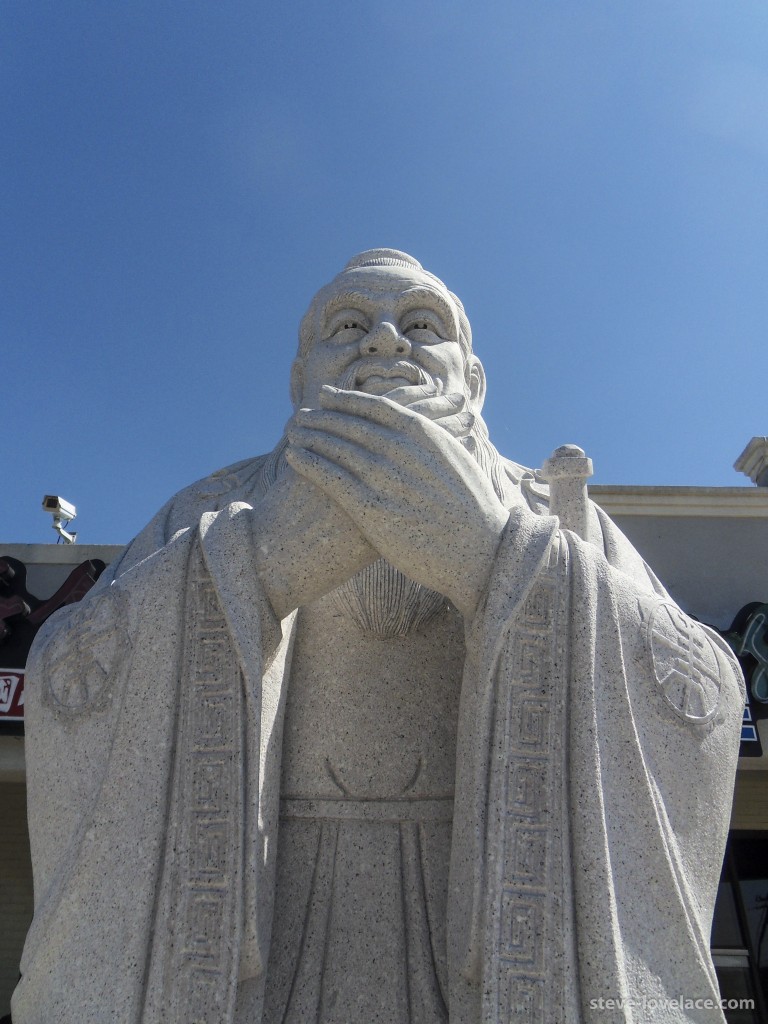
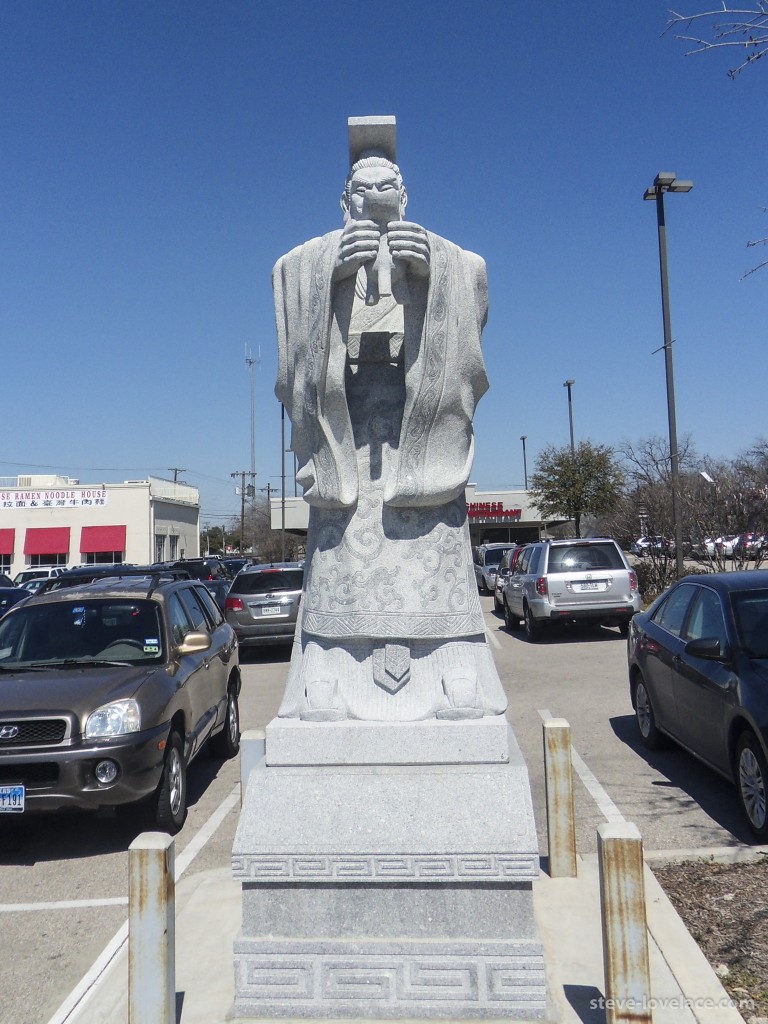
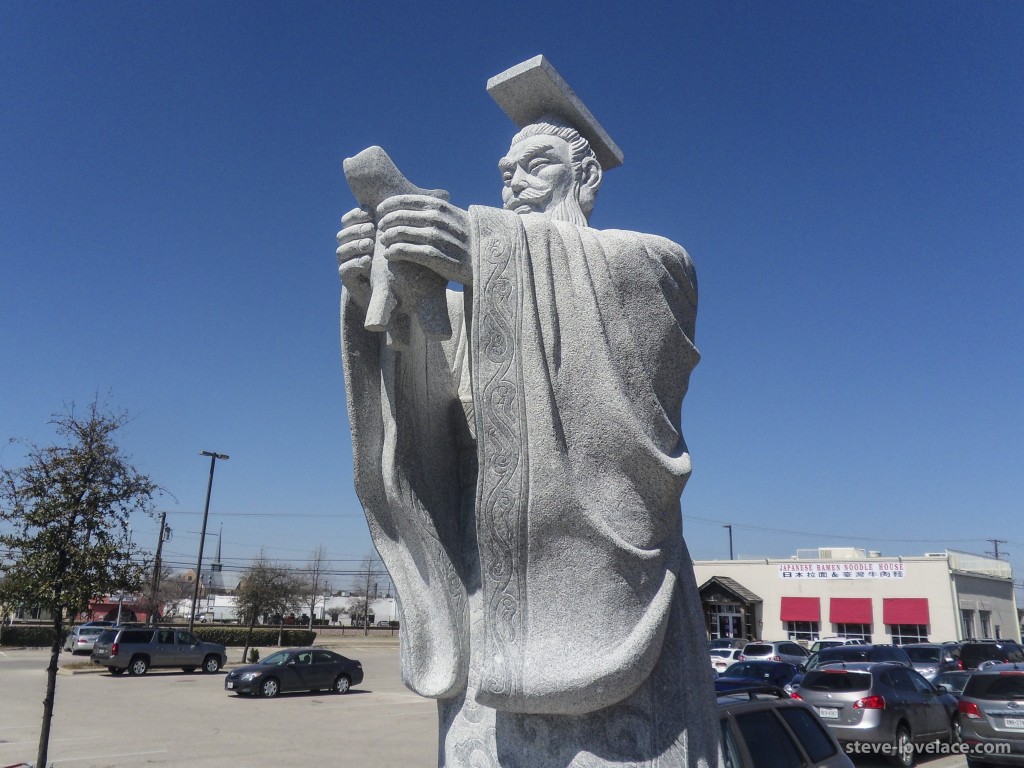
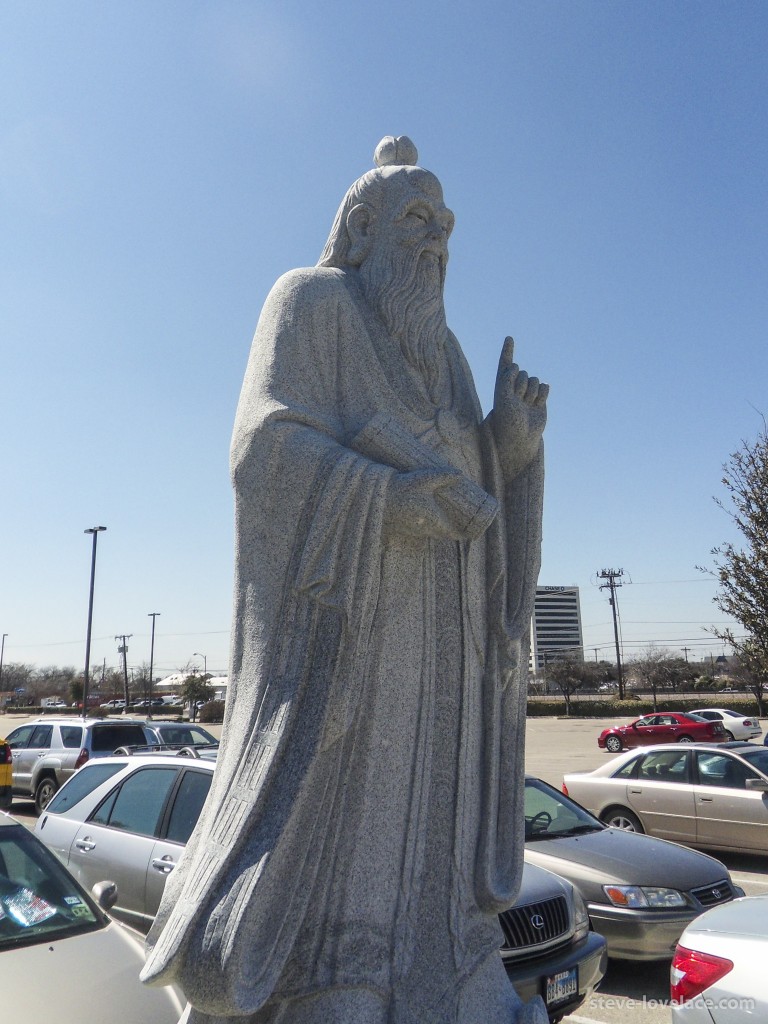
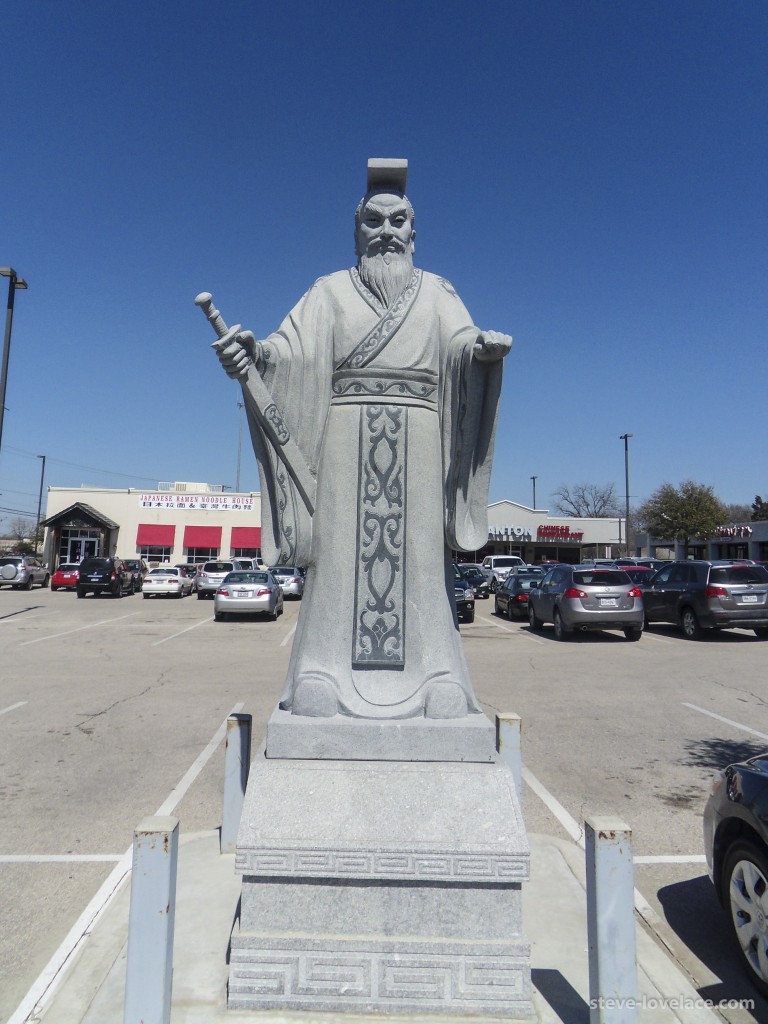
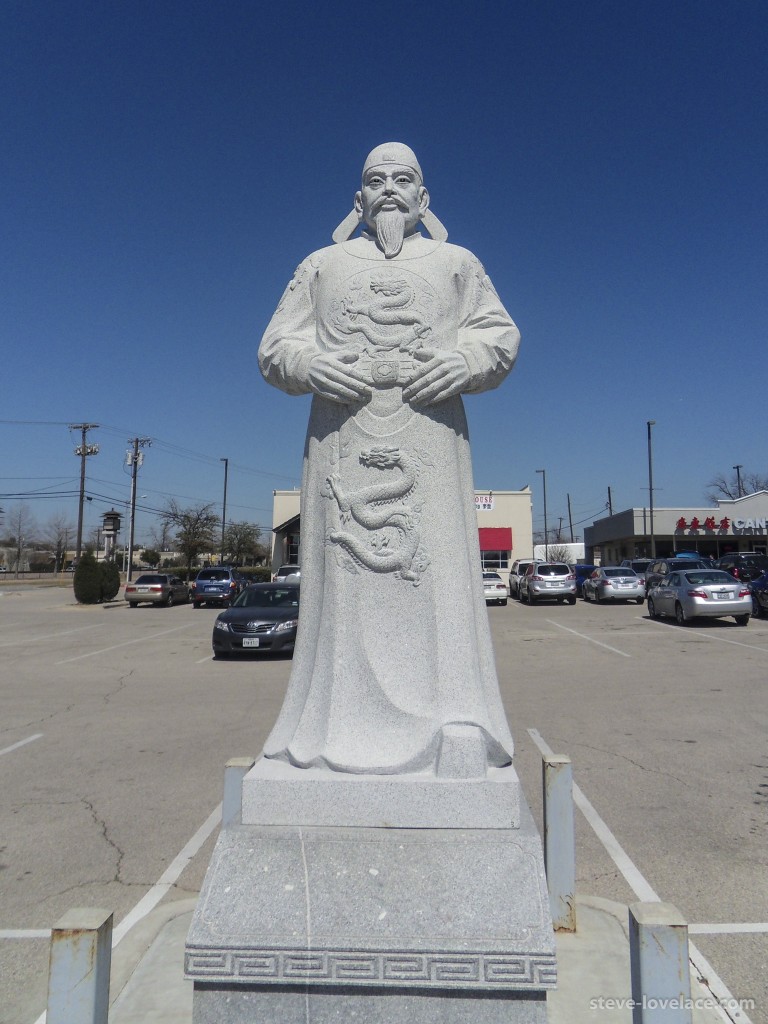
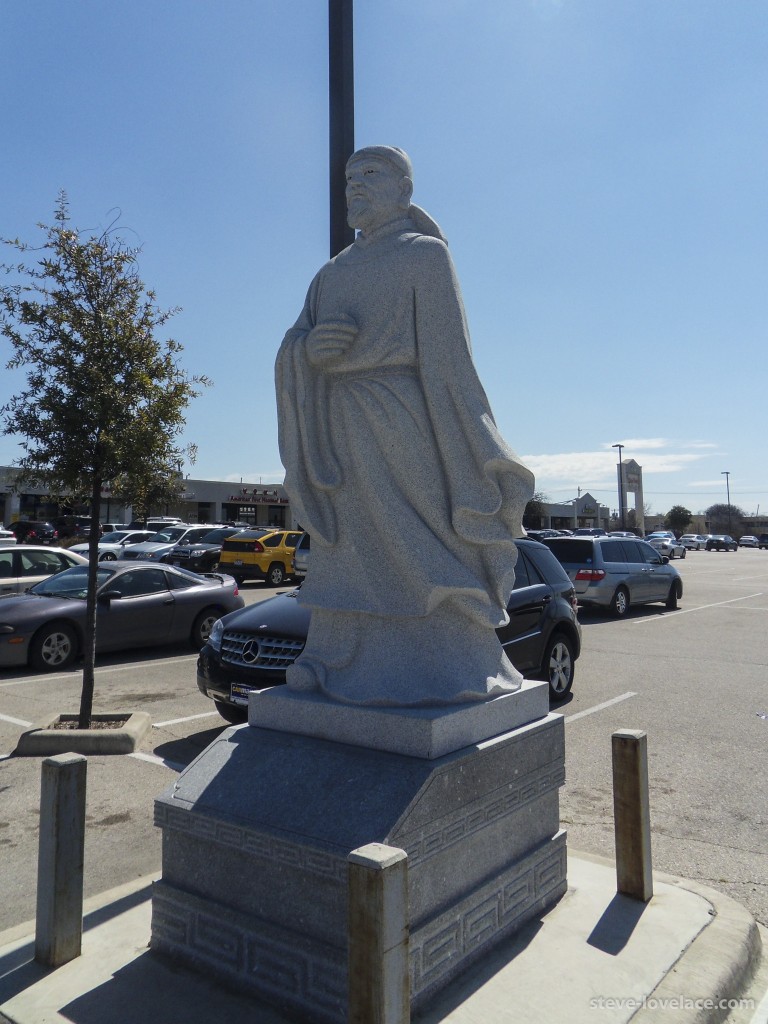
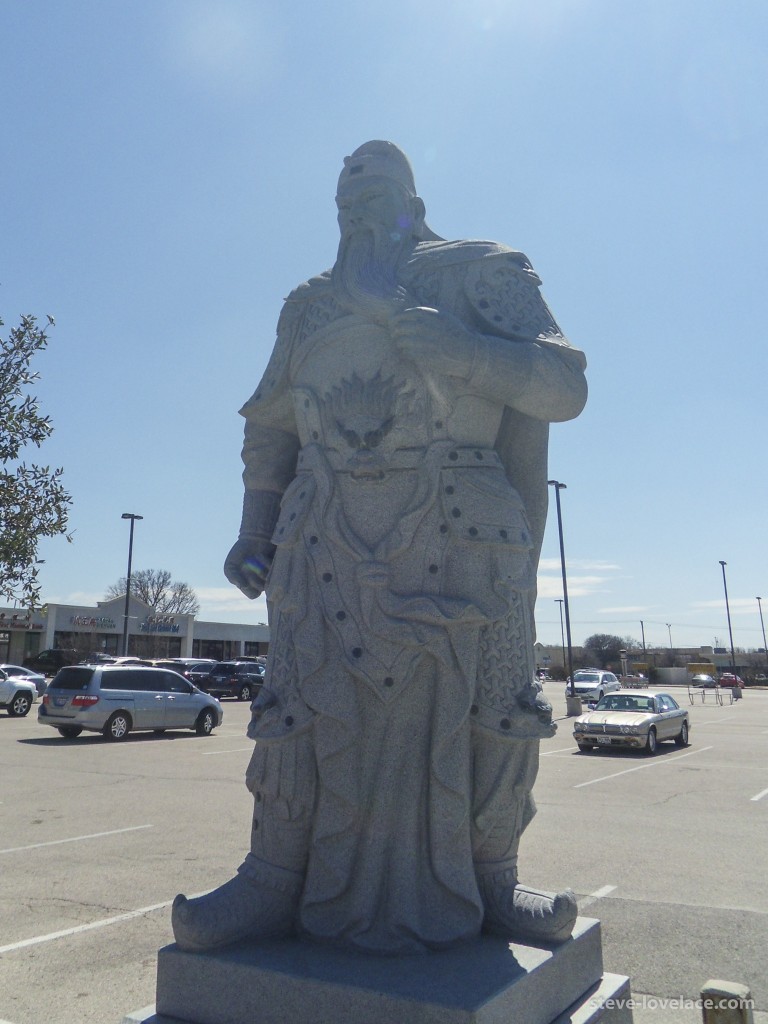
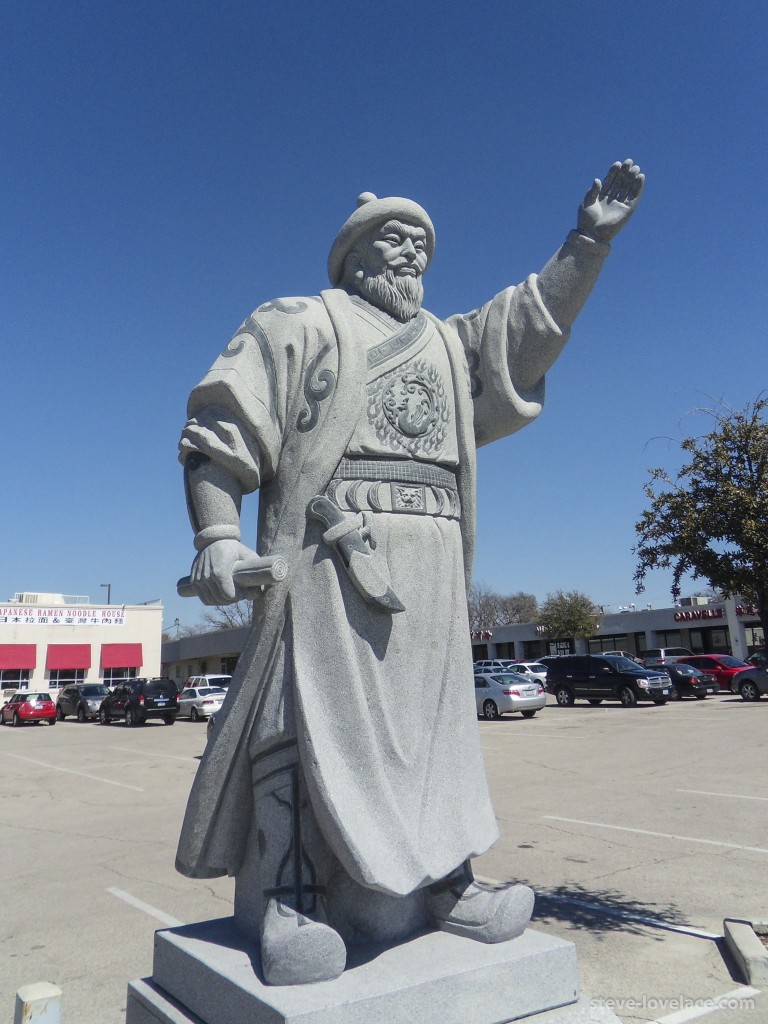
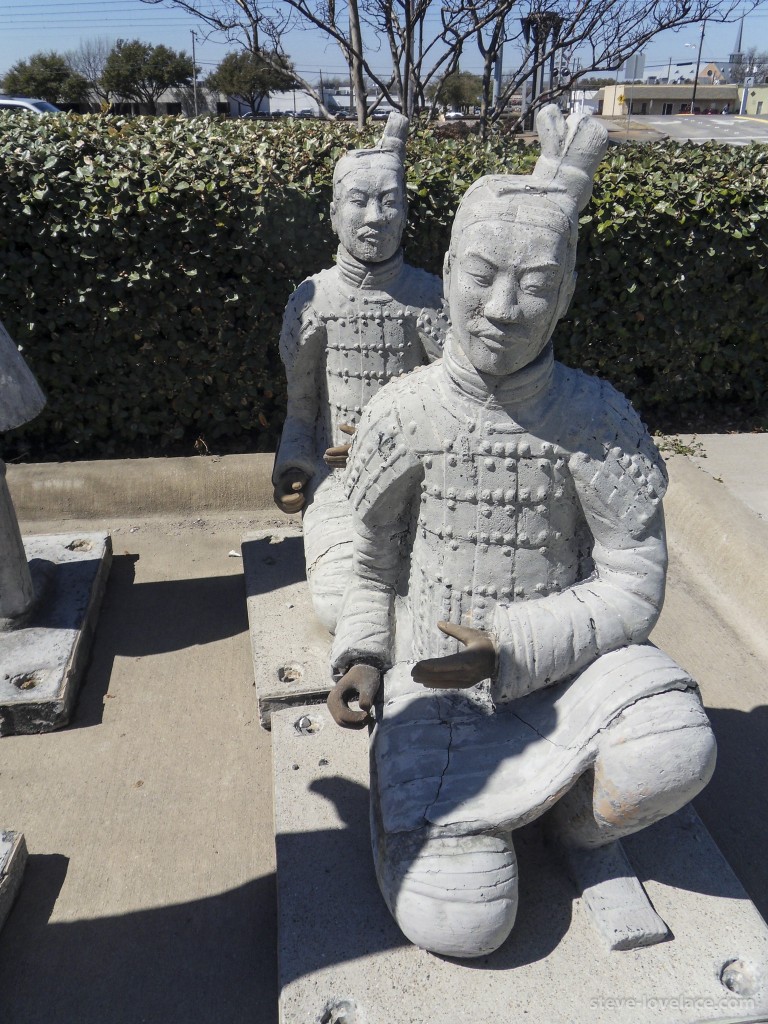
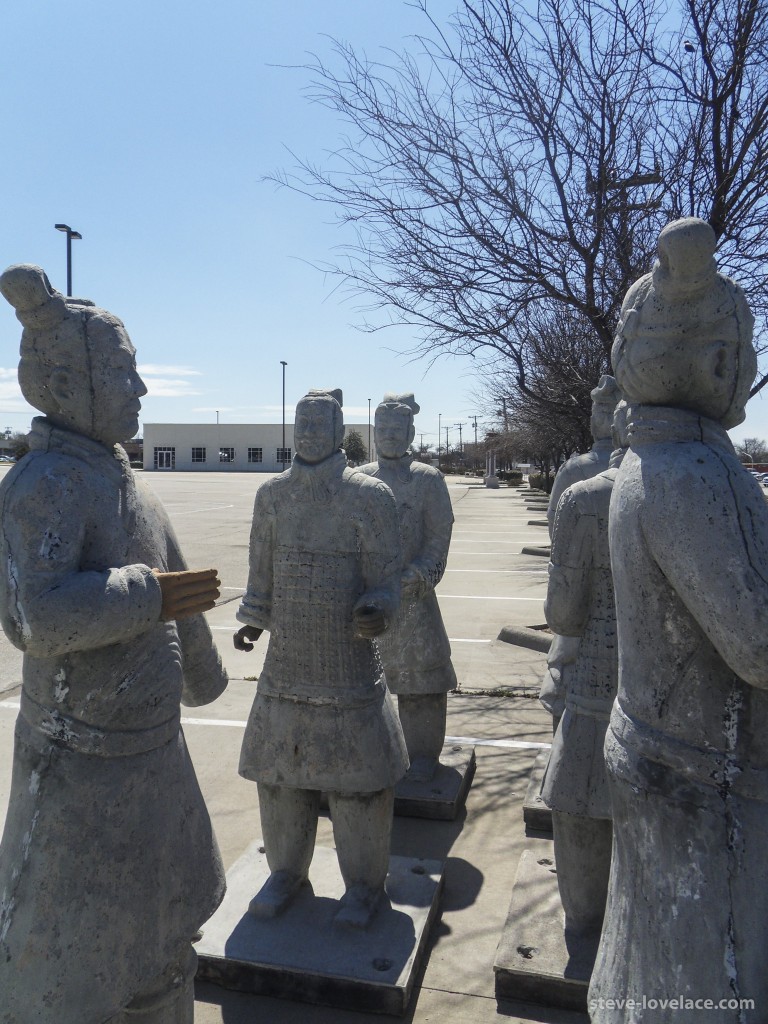

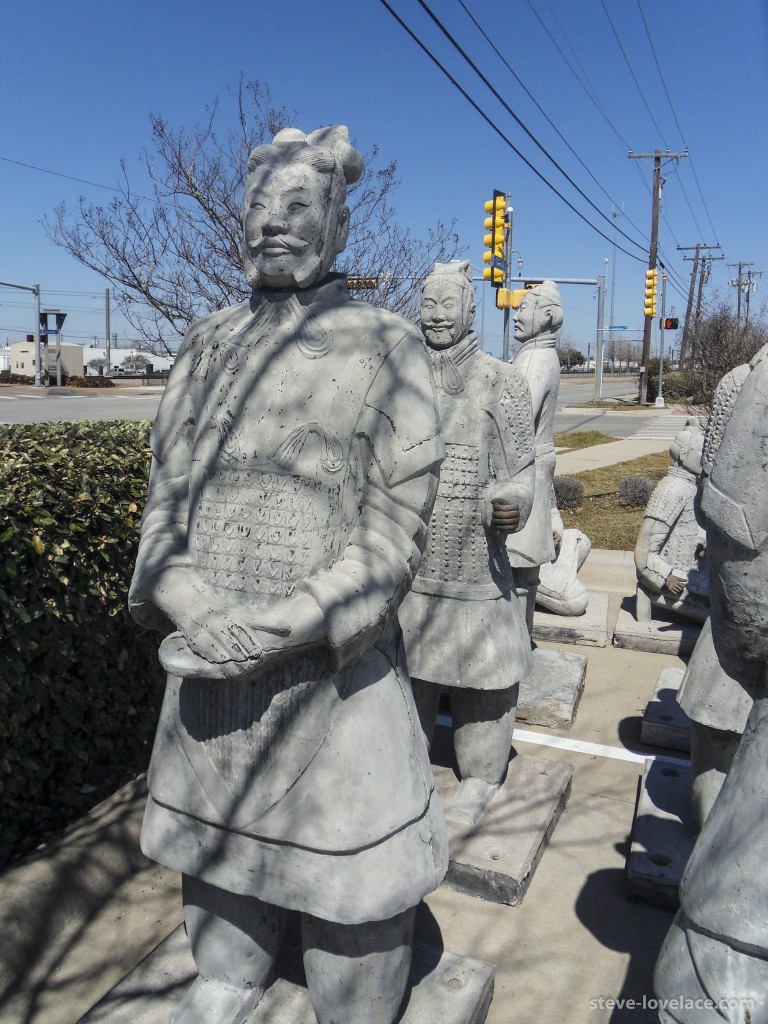
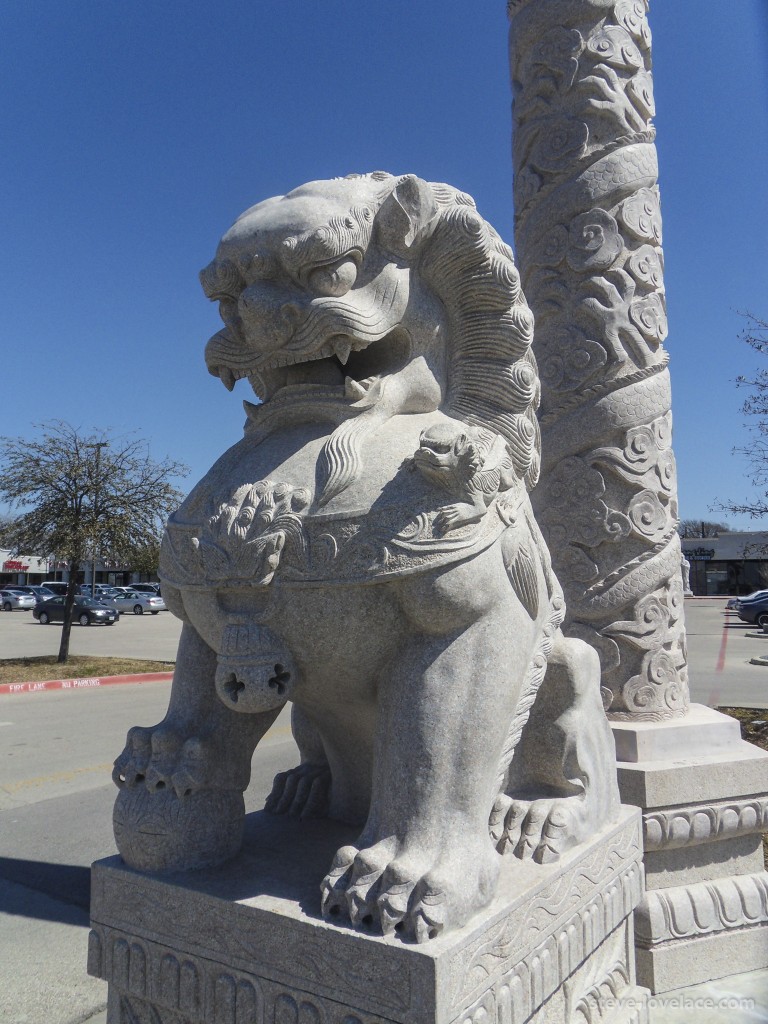
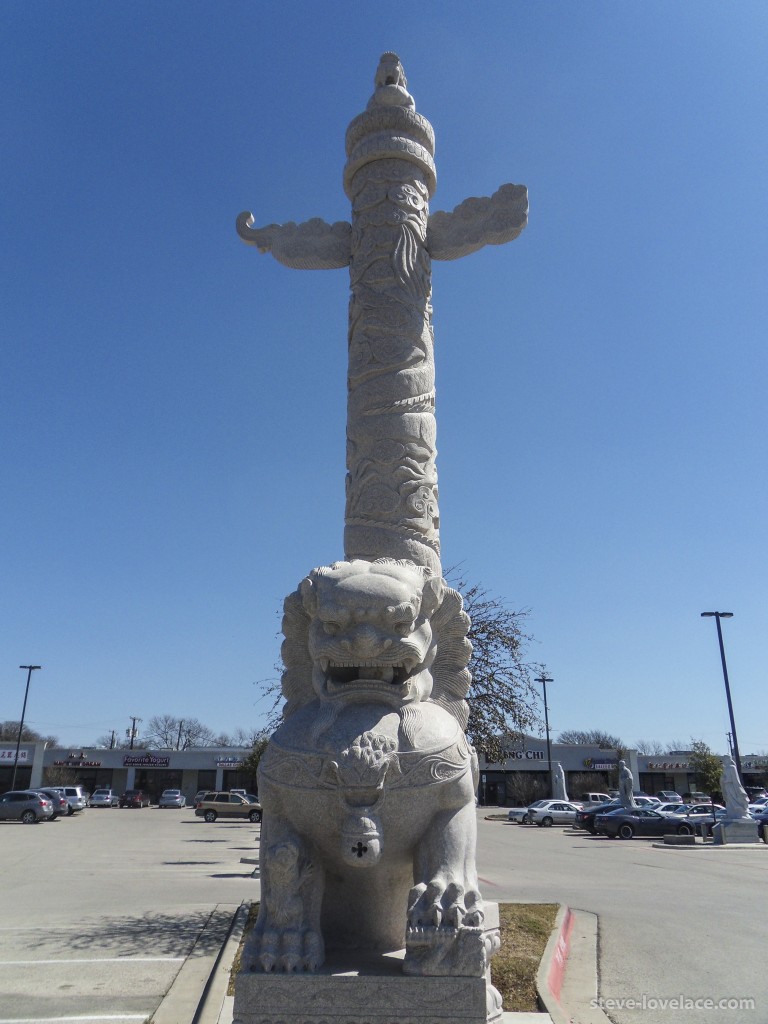
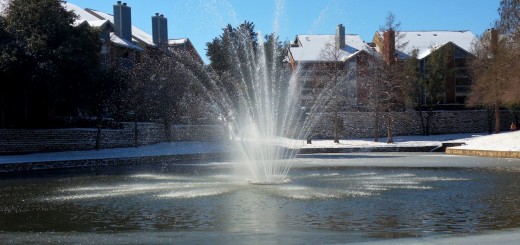
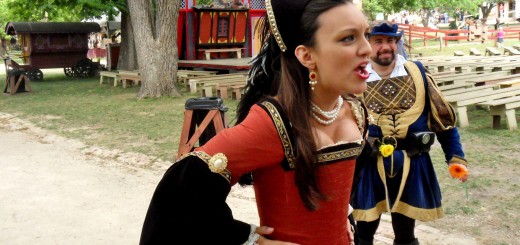
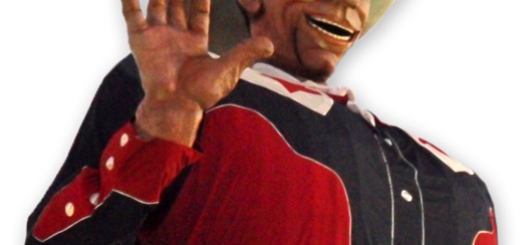
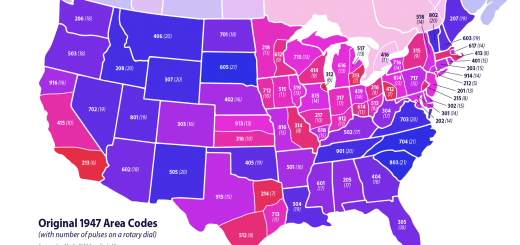

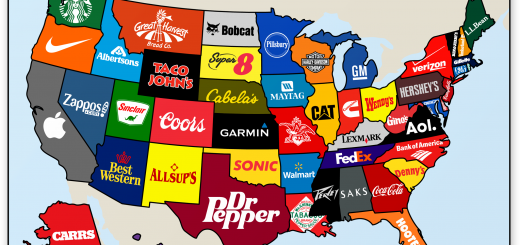
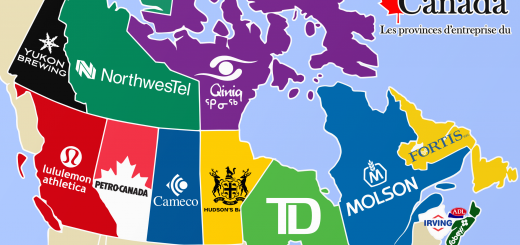
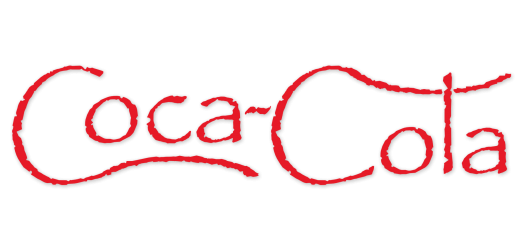
Thanks for the info. We moved from Chicago (witha great Chinatown and uber diverse northern suburbs) a little less than two years ago . Till this week, the most I found in the ways of Asian areas was the shops right at Legacy and 75 (love that food court) and Ranch 99. While driving through Richardson (my husband just started working at Samsung and I was meeting him for lunch), I came across this gem. Seeing as I already had lunch and had a lot of other errands to do, I figured I would look at DFW Chinatown’s internet presence.
Even though there’s no ‘town’, this is the next best thing. In my opinion, it’s a well guarded secret kept to those living and working in the area. I’ve asked many of my Asian friends here and they have not mentioned this place. Thanks for the post. I’ll ask around when I’m there about the statues. SOMEONE has to know something, right?! 🙂